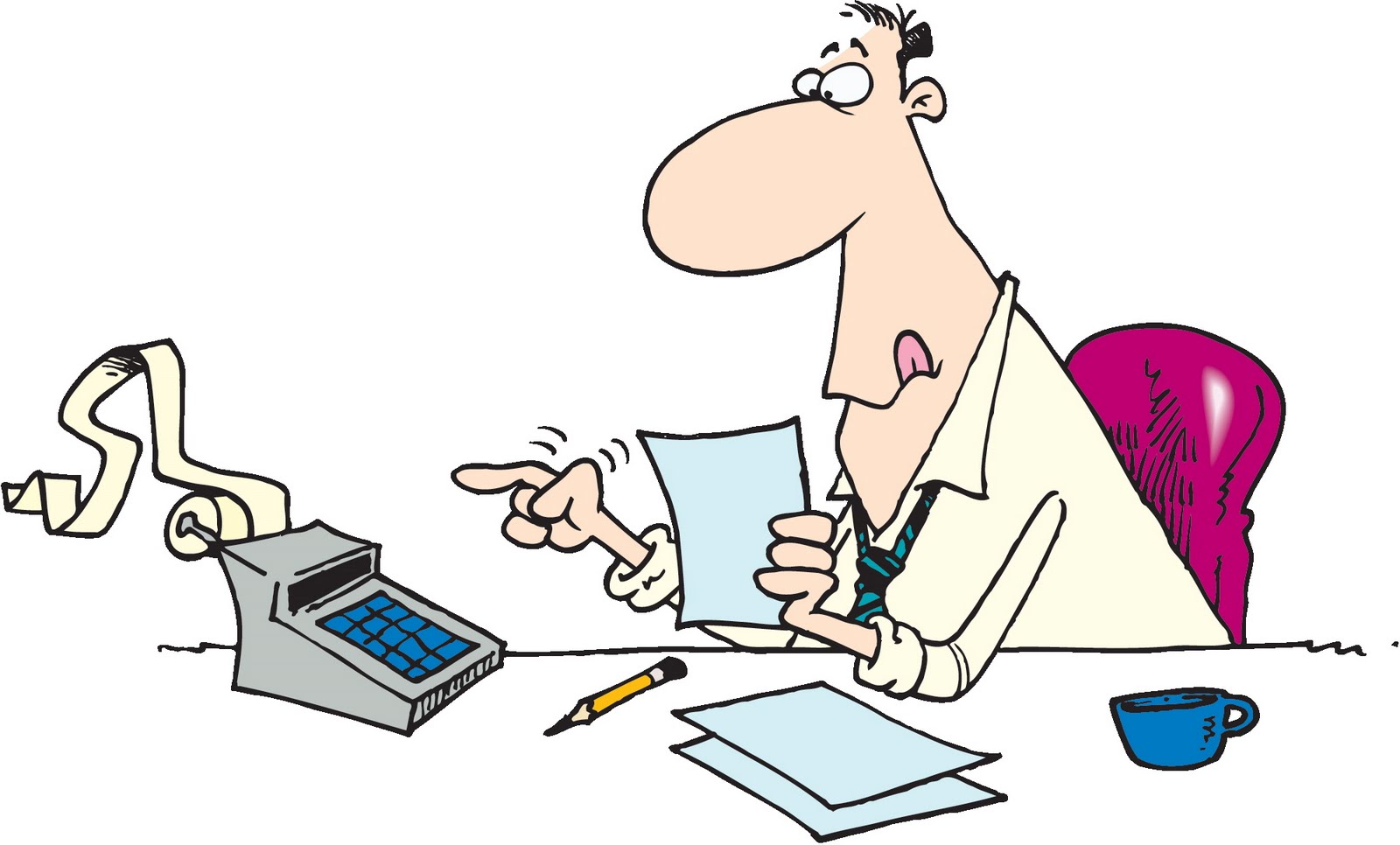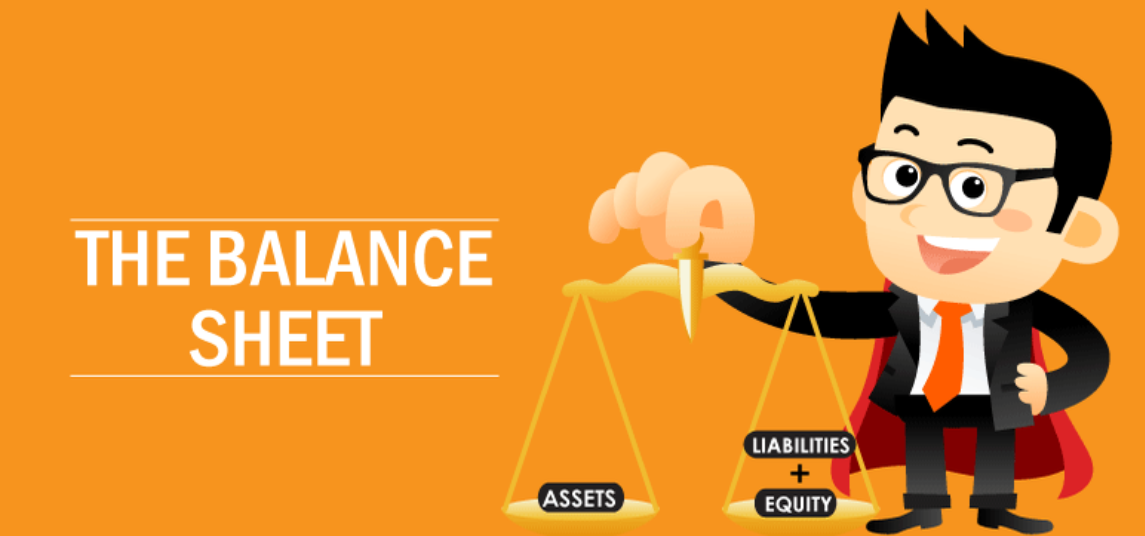The balance sheet is a statement that reflects a company’s financial position at the end of the accounting year. The components of a balance sheet state the value of assets, liabilities, and the capital of the company. To clarify, one can find the company’s net worth in a balance sheet. One can also compare the balance sheets of previous years to know about the company’s financial growth. The balance sheet indicates a business position on a given day, including its assets, liabilities, and equity.
What are the Different Components of a Balance Sheet?
The formula for the balance sheet is: Assets= Liabilities + Equities (Capital)
Therefore, the three major components of a balance sheet are the assets(owns), liabilities(owes), and owner’s equity (net worth).
Assets
Assets are valuables of the company with a tangible value. They have future economic value through which a company is deriving or will derive benefit. Assets come in two broad categories of tangible and intangible assets. That is to say, where tangible assets include current assets, long-term assets, and others. The non-tangible assets are Goodwill, Trademarks, Copyrights, Patents, and extra.
Current assets include valuables that are easily convertible to liquid cash. For example, cash, accounts receivables, prepaid expenses, stocks and bonds, and so on.
Long-term assets or fixed assets include those assets that cannot be liquidated within a year. The company uses its fixed assets for its operations or generating income. Some of the long-term assets are building, machinery, equipment, land, and others. However, except for land, all other fixed assets are shown at the original cost less depreciation.
Likewise, the intangible assets are also part of long-term assets and show a fair market value.
Liabilities
Liabilities are outstanding dues of the company to a creditor. They are claims that have arisen out past or current transactions. Just like assets, liabilities are of two types, current and long-term liabilities.
Current liabilities are the ones that are due within a year, and the balance sheet shows them in the order of their due date. Current liabilities include accounts payable, outstanding expenses, accrued expenses, wages, rent, utilities, prepaid income, dividends payable, and so on.
Long-term liabilities are not payable within a year, and the examples are workman’s compensation fund, deferred tax liabilities, pension fund, and so on.
Equities
Equities are one of the vital parts of the components of a balance sheet as they reflect the net worth of a business. The company’s equity is equal to the reported assets minus the reported liabilities. In short, the equities section of the balance sheet includes the Paid-up capital, Retained earnings, and other reserves and surplus.
Paid-up capital is the par value of the shares if it is a public company. Retained earnings are those amounts that the company has earned and kept over time. The company distributes dividends to shareholders through retained earnings. The company sets aside reserves for specific purposes, whereas the surplus holds the company’s profits.
In Conclusion, the potential lenders and shareholders use the balance sheet to gauge the performance and the credibility of the business. There are different ways in which small businesses can keep track of their finances and grow their company’s net worth.


 Start using ZapInventory today
Start using ZapInventory today
